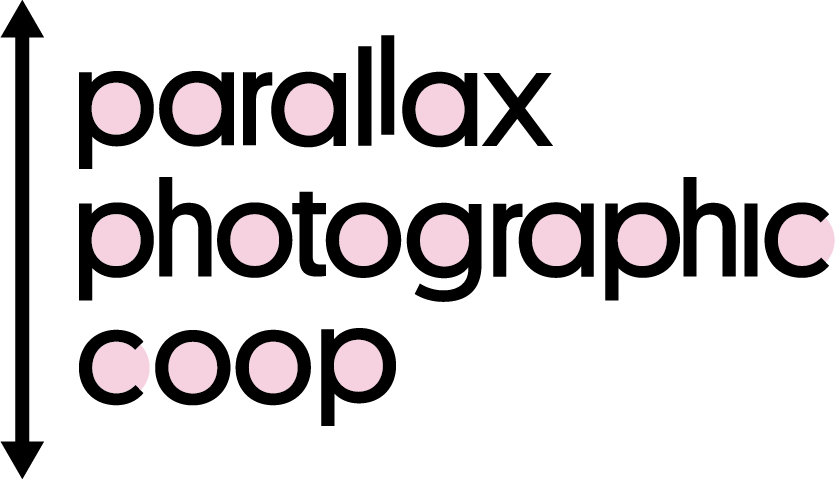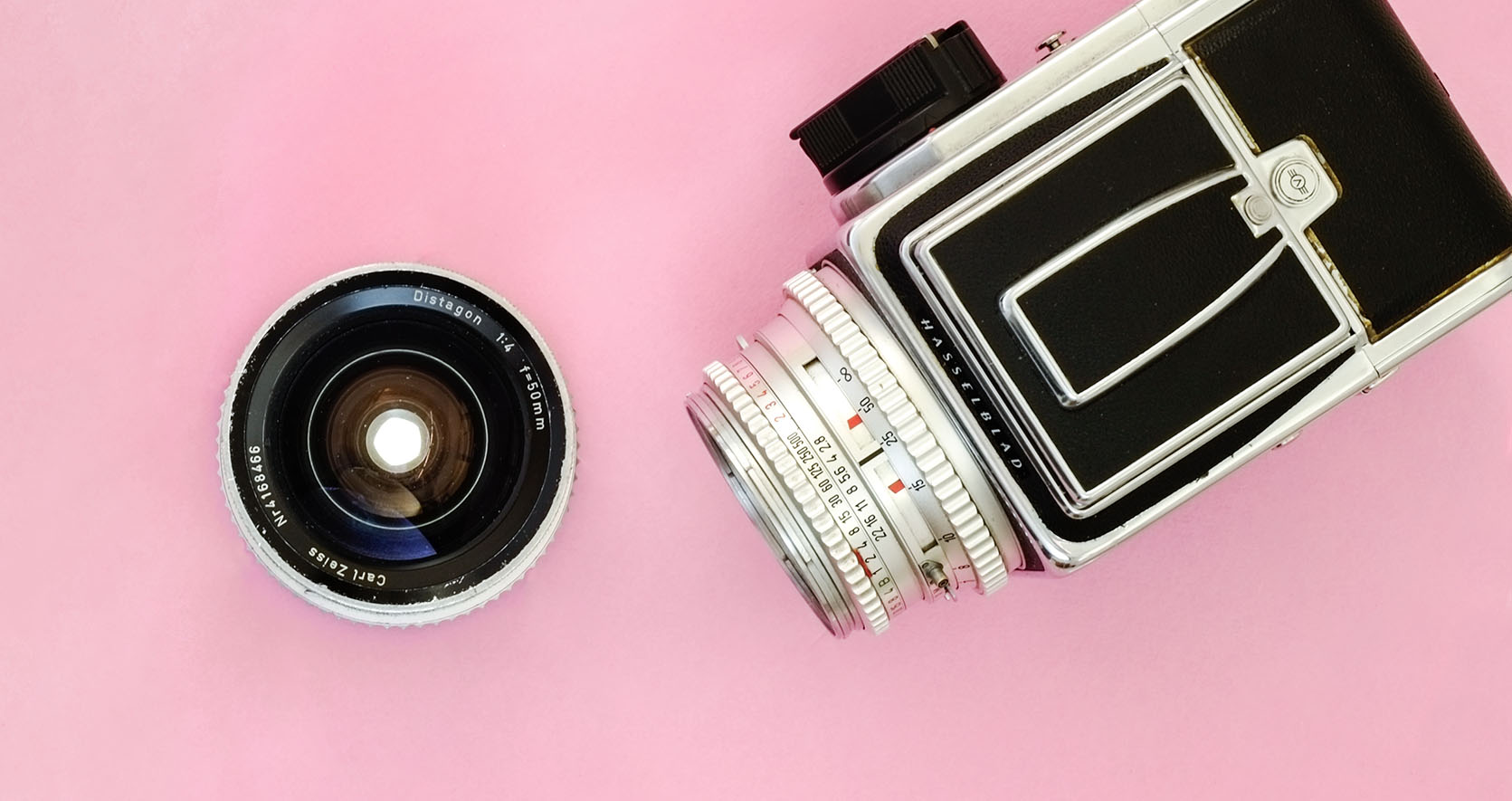Guide to Aperture
In this guide, we’ll explain how aperture works. And, how to choose the right one for your shot.
The three things that will determine your exposure are the aperture, shutter speed and film speed. The aperture controls how much light comes through the lens. The shutter speed then controls how much of that light hits the film. And the speed of the film dictates how much light the film needs. These three things always work together to produce your image.
The aperture is the opening inside the lens that will determine the amount of light that is let through for an exposure. These openings are measured in f stops. And depending on the lens, f stops can range from f1.2 up to f32.
A standard 35mm lens will usually go from f2 to f22. Setting the lens at f2 would be the widest f stop. This would also be referred to as having the lens wide open. This, therefore, lets the most light in. At the other end of the aperture ring, f22 is the smallest f stop. Alternatively, this lets the least light in.
Depth of Field
As well as controlling the amount the of light exposing your film, the aperture also affects the depth of field. The depth of field is the area of your photograph that will be in focus. A subject has to be in focus to appear sharp in the resulting image. With a wide f stop, you will only have your subject in focus, leaving everything in front, and behind, out of focus and blurry. This is useful if you want your subject to stand out from the background. Wider apertures, with shallow depth of field, are often used when taking portraits.
If you close your aperture all the way down, almost everything in your image will be in focus. You would typically do this when shooting landscapes, to capture as much detail as possible.
Remember a low f stop number means a wider aperture. And, a high f stop number is a smaller aperture.
Bokeh
Bokeh is a Japanese term meaning blur. It refers to the aesthetic qualities of the out of focus parts of the image. Each lens will render the areas outside of the depth of field differently. The cause of these differences is due to aberrations particular to the lens. The shape of the aperture can also have an effect.
You might also be interested in our Guide to Shutter Speed and Guide to Film Speed
If you’re new to film then read our Beginners Guide To Film Photography. And if you want some help picking out your first roll then read Choose Your Film, it will give you a good idea of the options you have.
Explore
News • Guides • Community • Film Reviews • Film Developing Times • Choose Your Film

